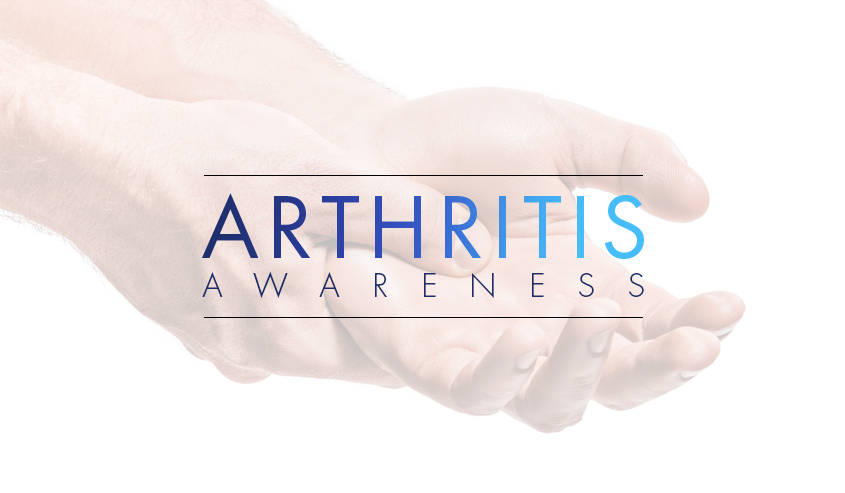
Every year, the month of May is recognized as National Arthritis Awareness Month. The disease impacts 1 in every 5 American adults (more than 50 million), making it the nation’s top cause of disability. In addition to this, 300,000 children and their families are affected by the disease. Unfortunately, those numbers continue to grow. Due to the widespread nature of Arthritis, the Arthritis Foundation, the CDC, and other partners observe this month in honor of Arthritis Awareness Month.
Arthritis Statistics to be Aware of
One of the first steps towards conquering this disease is educating oneself, learning the facts, and understanding your condition. The following statistics will help:
- 1/3 of adults age 45 or older who have arthritis also have anxiety disorders or suffer from depression
- 36% of obese adults have arthritis
- 44% of adults with hypertension have arthritis
- 52% of diabetic adults have arthritis
- 57% of adults suffering with heart disease have arthritis
- Approximately 53 million adults have been diagnosed with arthritis; that number is expected to reach 67 million within the next 10 years
- Arthritis is the #1 cause of disability in the U.S.
These telling statistics should give you a better idea of the impact that arthritis has on millions of Americans today.
Diagnosing Arthritis with Medical Diagnostic Imaging
Whether it’s an MRI, ultrasound, or an X-ray, your doctor or healthcare provider will most likely order some form of diagnostic imaging to see how your arthritis has progressed. By understanding the severity of your condition, your doctor will be able to determine how to treat it:
- An MRI will use a magnetic field and radio waves to provide a 3-D image of your bones, joints, and soft tissues. According to doctors, the best indicator of future erosion is the fluid build-up or edema in the bone marrow.
- The use of a sonogram or ultrasound has become increasingly more popular among rheumatologists for evaluating inflammatory arthritis. An Ultrasound creates images by using high-frequency sound waves and is useful for detecting inflammation in the tendons and tissues.
- X-rays provide two-dimensional images of your joints and can detect bone density that is lower than normal, bone spurs, erosions, fractures, and narrowing spaces between the joints (a primary indicator of arthritis).
Our experts are available to assist you with your custom requirements and can walk you through the diagnostic procedure that you intend to undergo at our diagnostic imaging center. To learn more about National Arthritis Awareness Month or how medical imaging is used in the diagnosis and evaluation of arthritis, call Vital Imaging at 305.596.9992.
